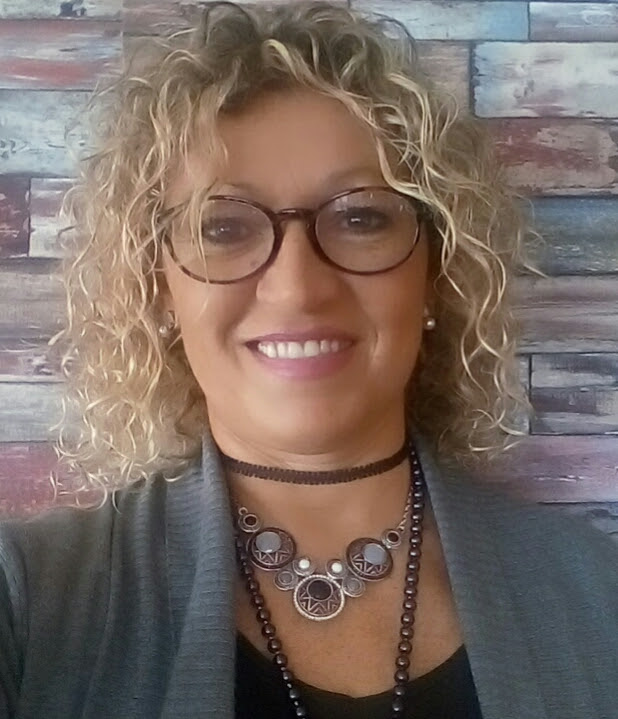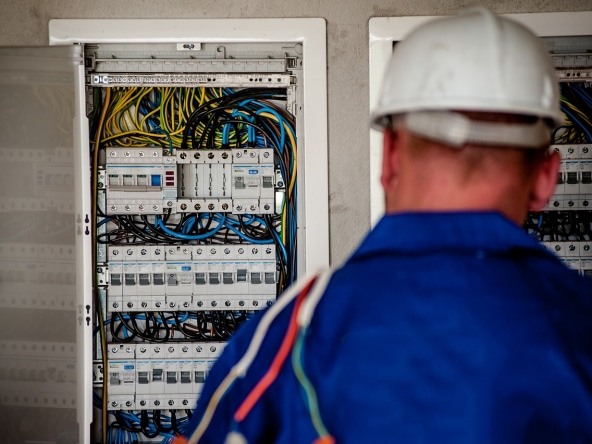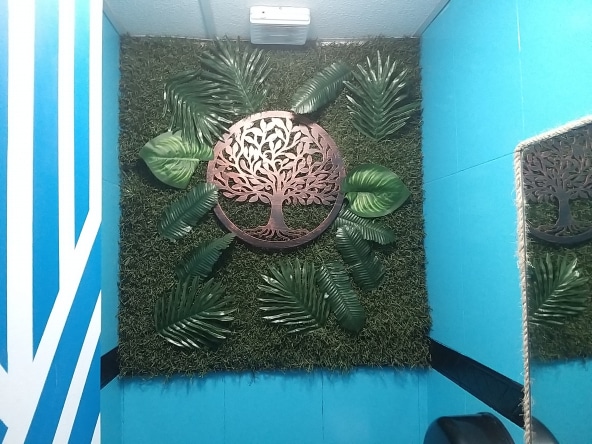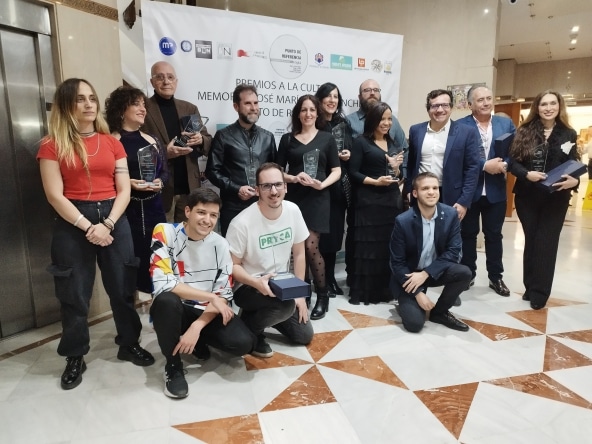If you are Gold Coast family holidays In Coma-ruga, one of the essential visits is the Roman Tarraco. They can now be seen from a new viewing point. New illustrations from the Setopant scientific group show the capital of the Citerior Hispania in the 2nd century during the Tarraco Viva festival. Tarragona's Roman past is one of the references in history and archeology in Spain, the prestigious publication National Geographic by the Spanish-Argentine editor Ricardo Rodrigo has dedicated numerous articles to it that can be consulted at this link. It is a world reference.
Now they have been recreated through research, in color, what the plan of the city of Tarraco was like. Technology allows us to get closer to the limit of what a walk through the city of Tarragona would be like in Roman times. Archaeology, topography, historical rigor and architecture come together to show, in full color and with great detail, the plans of streets and buildings of the Roman city of Tarraco in the 2nd century AD, one of the greatest moments splendor of the capital of Hispania Citerior. This is demonstrated by the virtual recreation that has been presented recently, on the occasion of the celebration of the Tarraco Viva festival, which until May 19 offers the possibility of traveling to the past through more than four hundred and fifty acts of historical reconstruction.
The festival focuses on the great cities of antiquity - their political organization, architecture and society - and this year presents, exclusively, some full-color images that make it easier to understand what the streets of Tarraco were really like, with a vision as as realistic as possible, distanced from clichés.
The graphics come from the work of the company's experts, a seminar specialized in Old Topography that acts as a research group active since 1997 and cooperates with the areas of History and Art History of the Universitat Rovira i Virgili i (URV) and the Catalan Institute of Classical Archeology (ICAC). For years, this specialized group has been cooperating with Tarraco Viva. And why are these color images essential? The Roman cities were not white and marble, but were painted in many shades and each one had its meaning.
A provincial forum as big as two FC Barcelona fields. The images have been obtained from the location and discovery of archaeological remains. Professionals with knowledge of architecture have prepared them to fully respect the proportions and characteristics of each of the constructions.
Work has been done to reproduce models that are as close as possible to the planimetry of the city and the buildings, based on the study of plans, real archaeological remains and knowledge about similar caves from the Roman Empire.
What was Tarraco like? The graphic proposal presents illustrations that show a general plan of a city that, in its moment of maximum splendor, had 2 large discussion forums, such as the local one, located next to the sea, and the provincial one, of grandiose dimensions. The provincial forum was as large as 2 fields in Barcelona and was one of the largest squares in the Roman Empire. The provincial forum housed the constructions of the province's administration, while the local discussion forum was the place where the social, cultural, political and legal life of the city was concentrated.
The reconstruction of plans of the local discussion forum includes the detail of the Capitoline Temple or the reconstruction of the façade of the Juridical Basilica. Elements that have been reconstructed down to the smallest detail for the festival and allow us to imagine “the importance of this area for the city as a whole, since a multitude of important aspects for the lives of the citizens were decided there.
The atmosphere in the square for two thousand years. The social and cultural significance of the forum as a cohesive element survives today. It is one of the main conclusions drawn from the images produced by the research team and highlighted by the director of Tarraco Viva. Today, our social life is still organized around the square, which is the point that unites casual encounters, social gatherings, popular celebrations and protest events, as happened in the times of Tarraco.
In truth, scholars of Roman Tarraco agree at the time in asserting that the current city of Tarragona owes a lot to its ancestors. Experts in History and Archeology compare the polis of Tarraco with today's Manhattan. In the sense that the city was not only the urban fabric but also included the citizens who lived in remote areas of the countryside. Tarraco was a nucleus of important buildings, a social and bureaucratic node. In the second century AD, the city had thirty thousand inhabitants, “half the population of Tarragona in the sixties of the twentieth century,” he adds.
The graphics also place in the urban fabric of Tarraco cultural buildings that were "basic to delimit a capital", the Circus and the Theater -located near the sea- 2 aqueducts located on the outskirts, a complete water distribution network by underground and a great wall – which protected the city against opponents – complete some of the defining elements of the city.
Roman-style election Sunday. The publication of the images brings the old Tarraco closer, in the same way as the Tarraco Viva Festival does. This Sunday the activities of this 2019 edition will close with a historical recreation that, a few days before the municipal elections on May 26, will bring citizens closer to the logic of the Roman elections. Words like “comitia” and “suffrage” derive directly from our Roman heritage, to the point that they have preserved their meaning and execution practically intact. Those attending the closing ceremony of the festival will be able to experience first-hand how Roman-style elections worked, which will serve to review what Tarraco has altered in the last 2 millennia.



